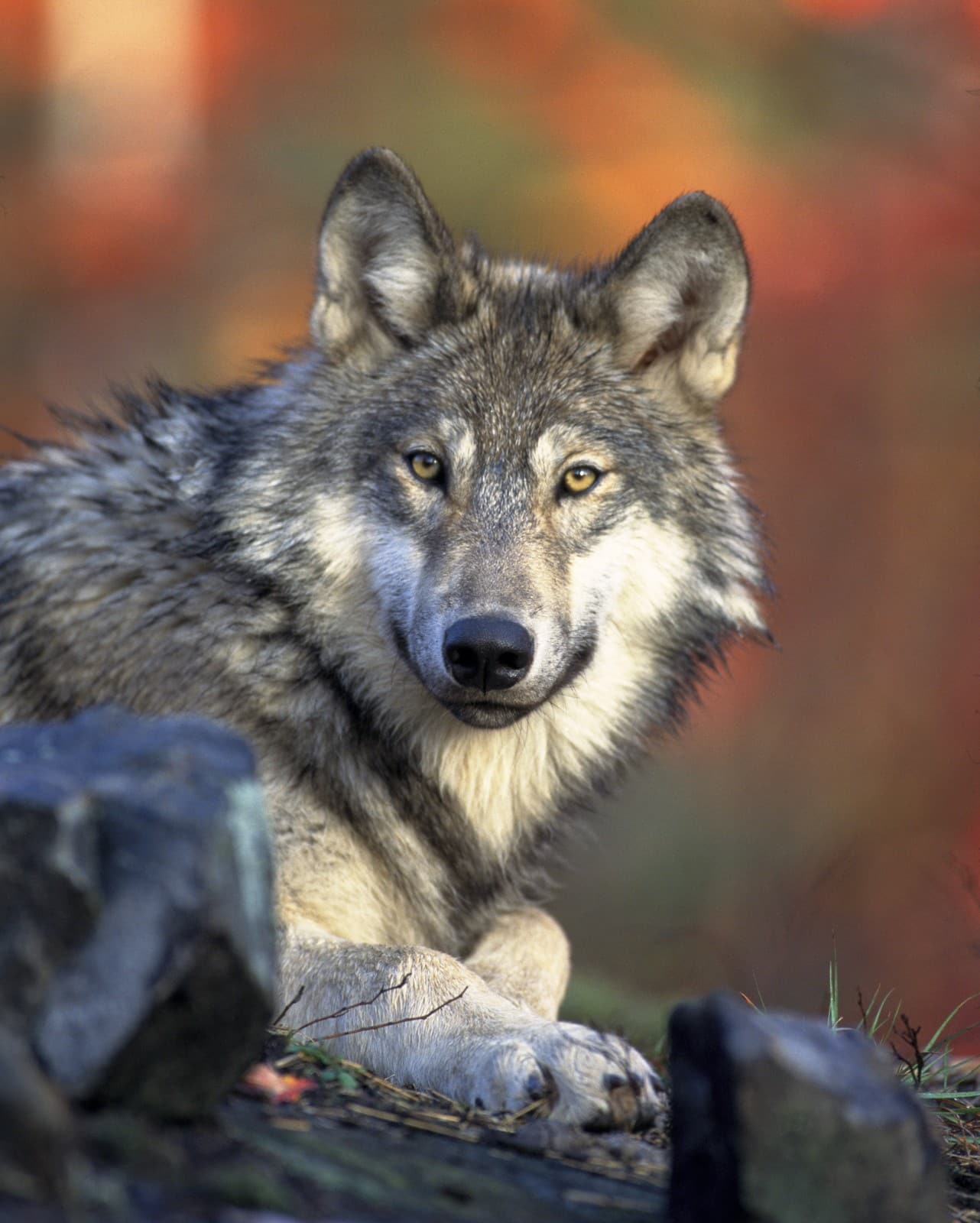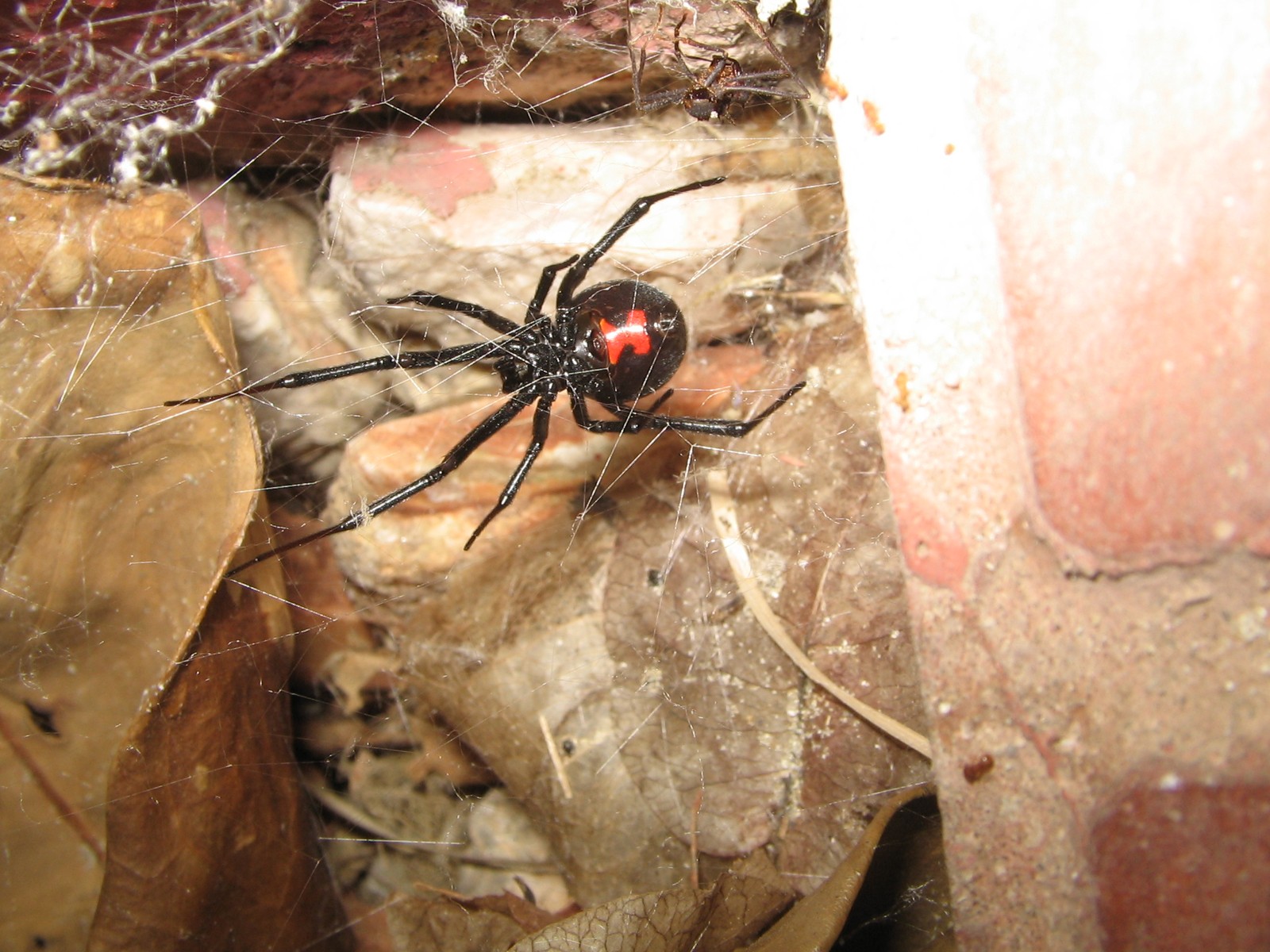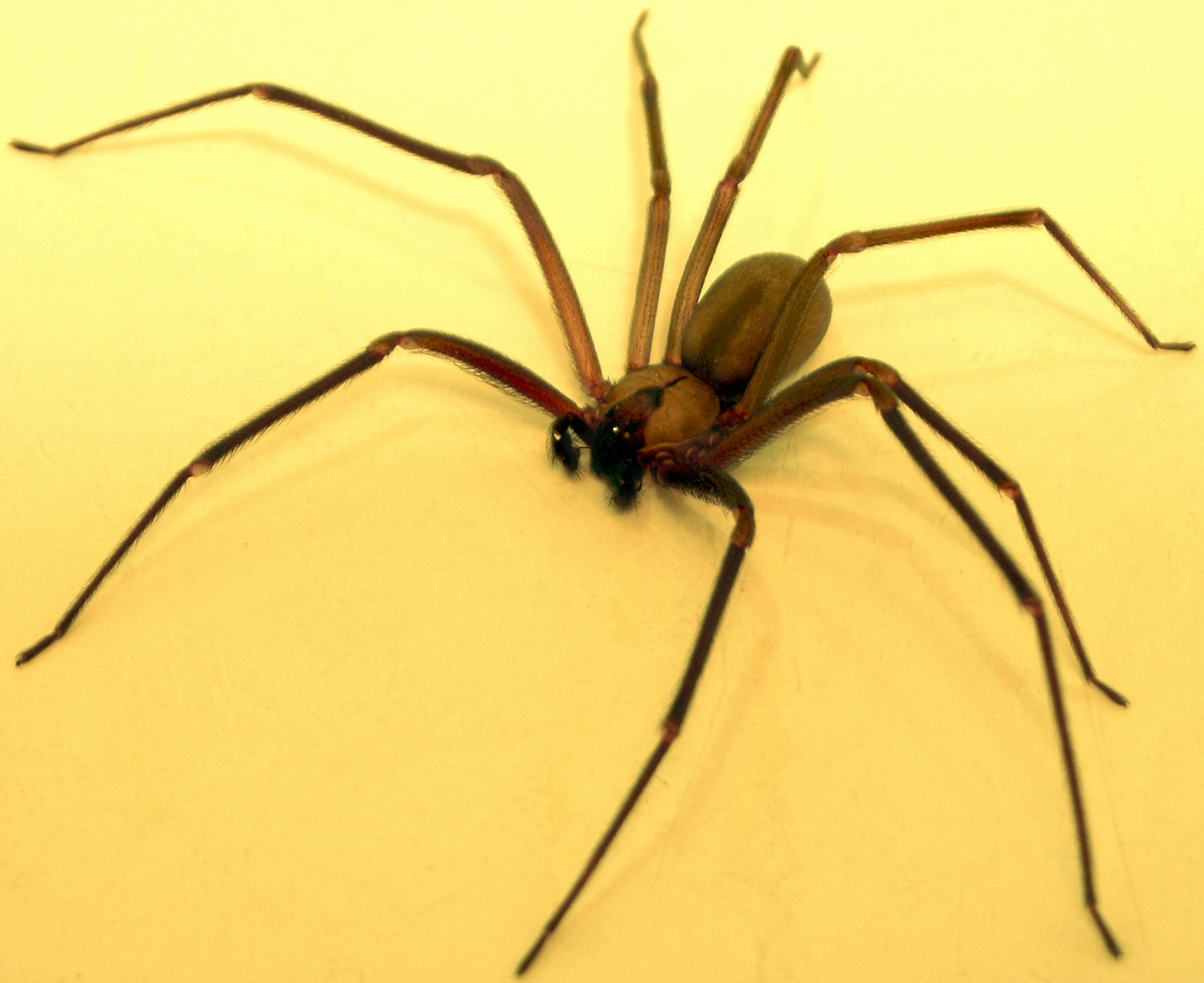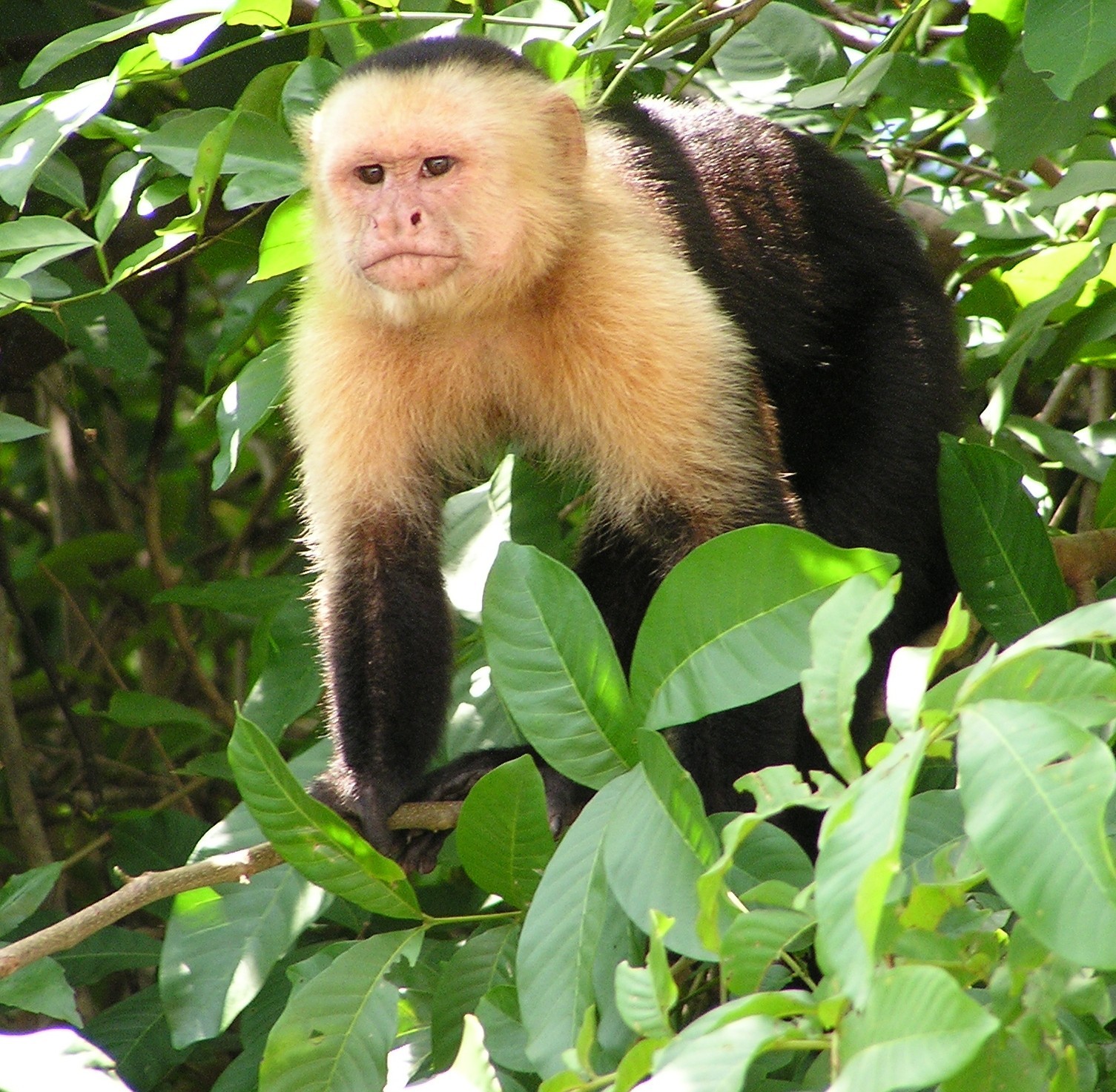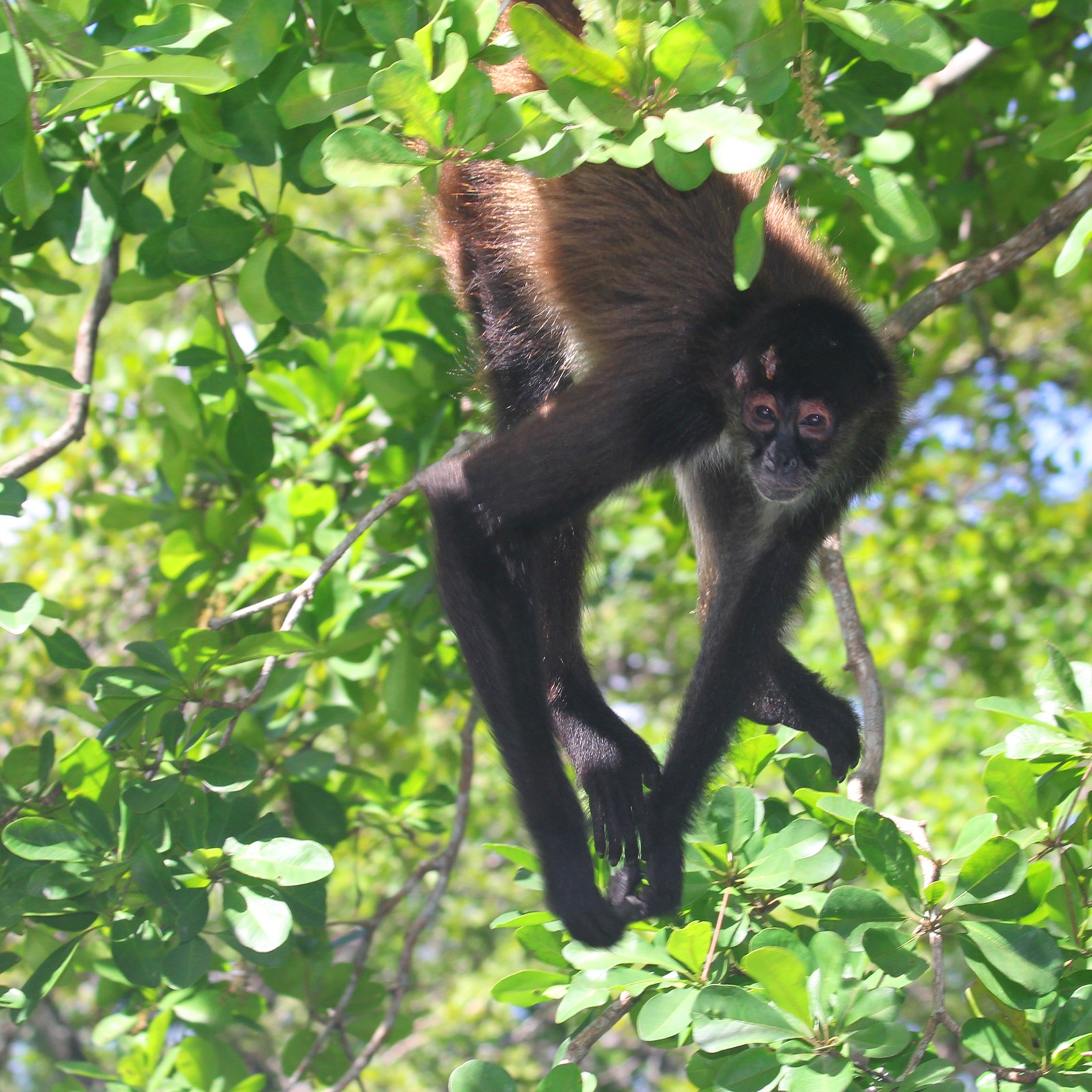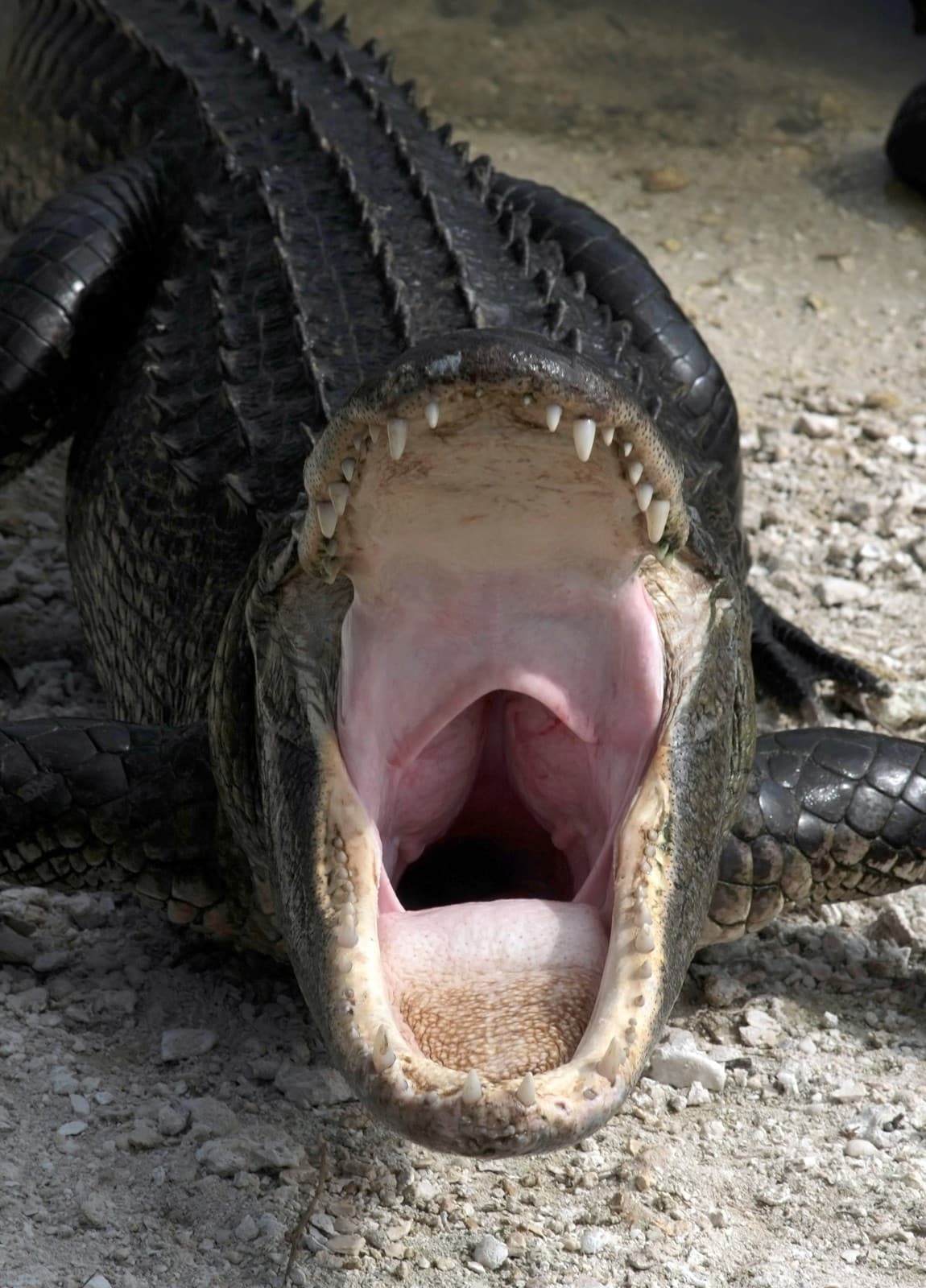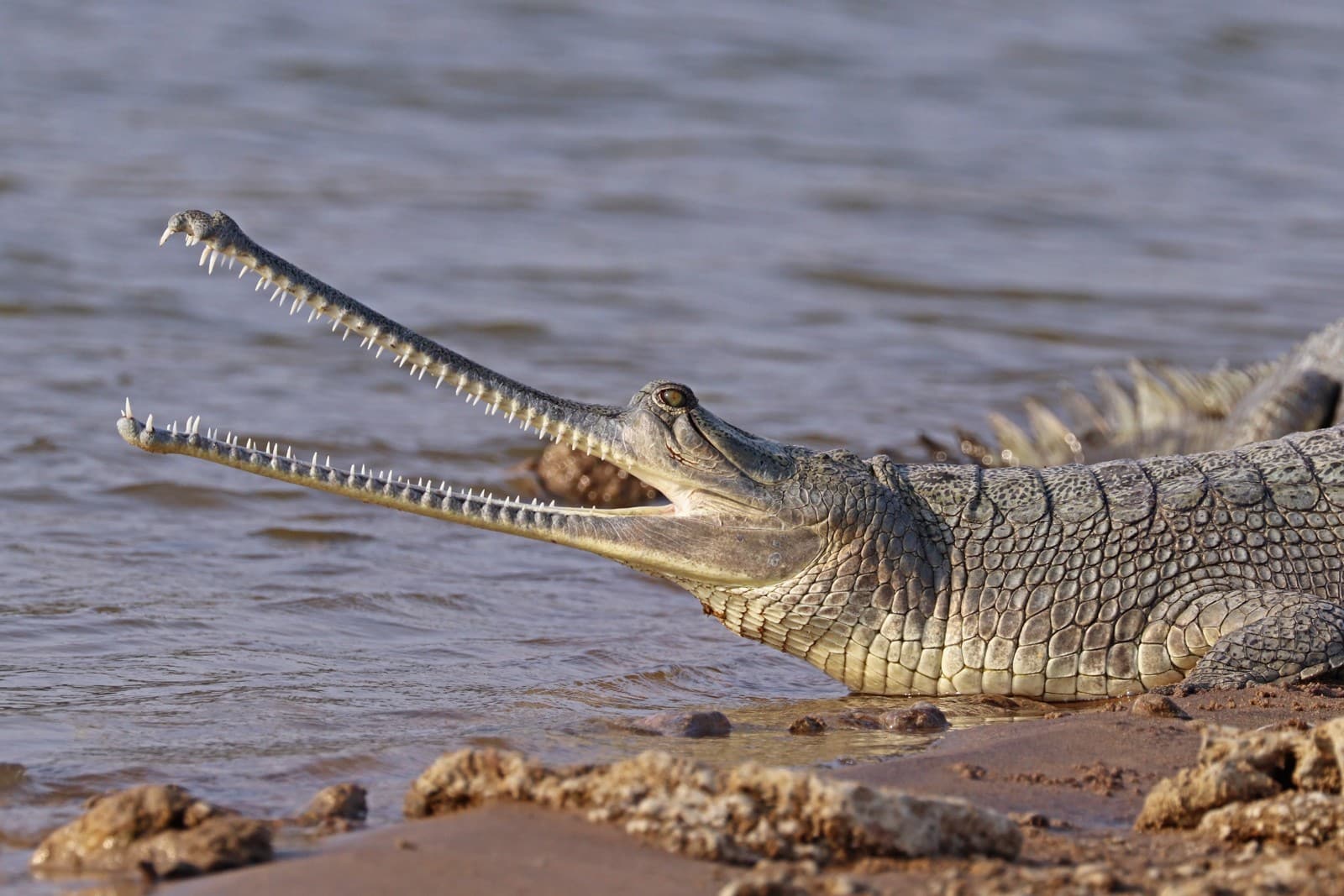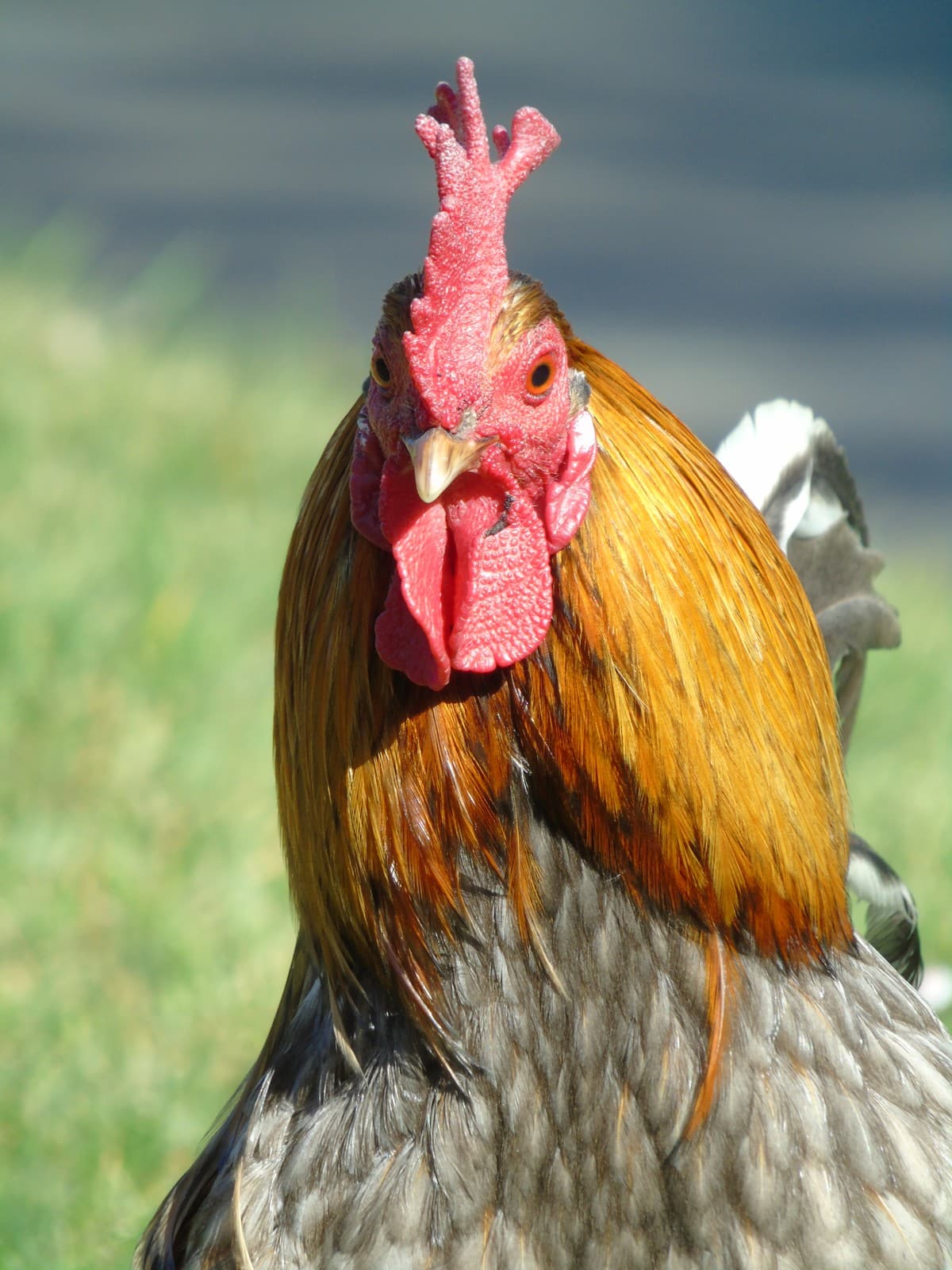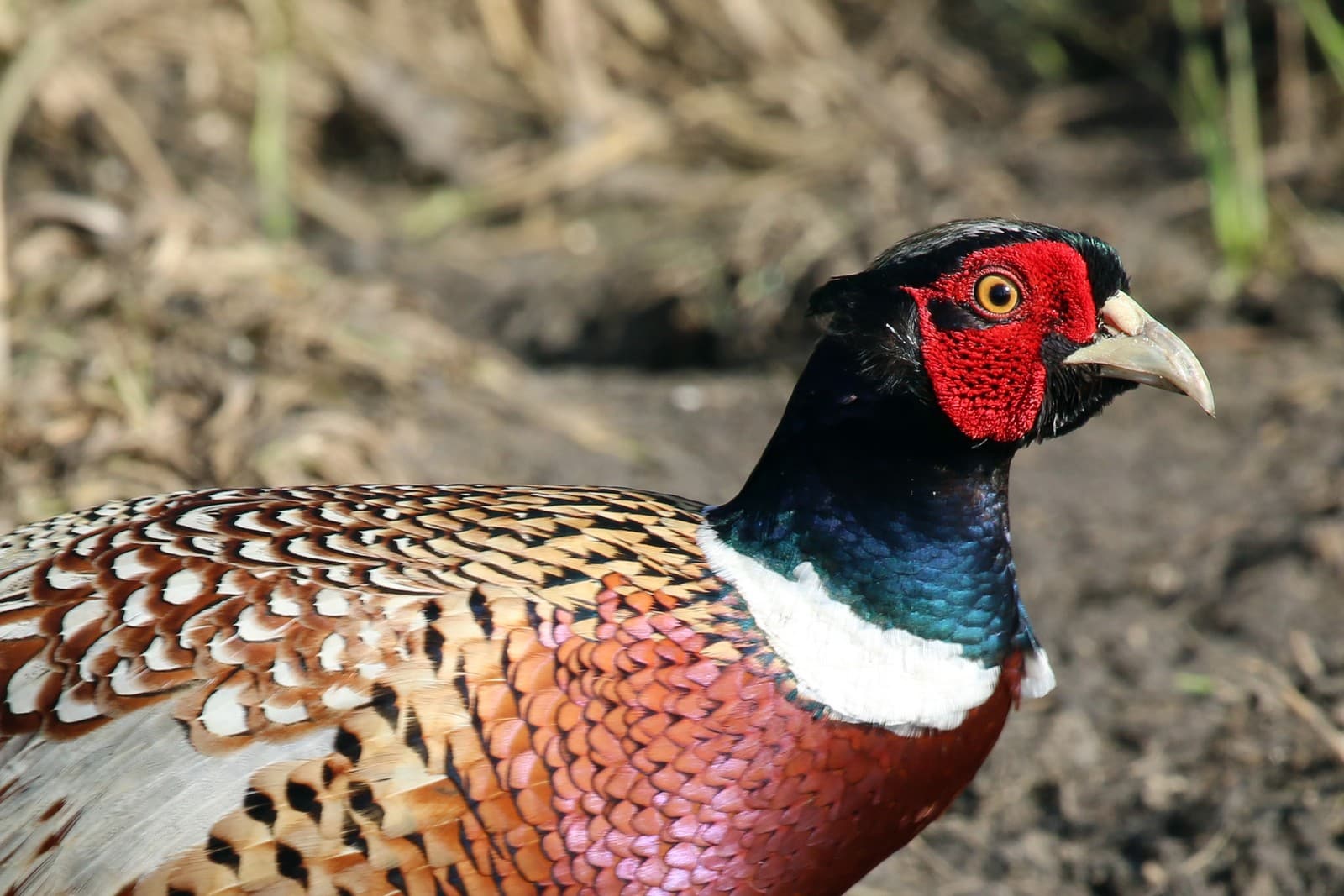Sun Bear vs Sloth Bear: A Complete Comparison
When comparing Sun Bears vs Sloth Bears, we encounter two remarkably distinct ursid species, each adapted to unique ecological niches. The Sun Bear (Helarctos malayanus), weighing 60-140 pounds (27-65 kg), stands as the smallest of all bear species, while the Sloth Bear (Melursus ursinus) is considerably larger, reaching weights of 120-310 pounds (54-140 kg).
These Asian bears differ significantly in both appearance and behavior. Sun Bears are characterized by their sleek black fur and distinctive golden chest patch, whereas Sloth Bears sport shaggier coats and elongated snouts specially adapted for their insectivorous diet. Their contrasting features reflect millions of years of evolution in different environments.
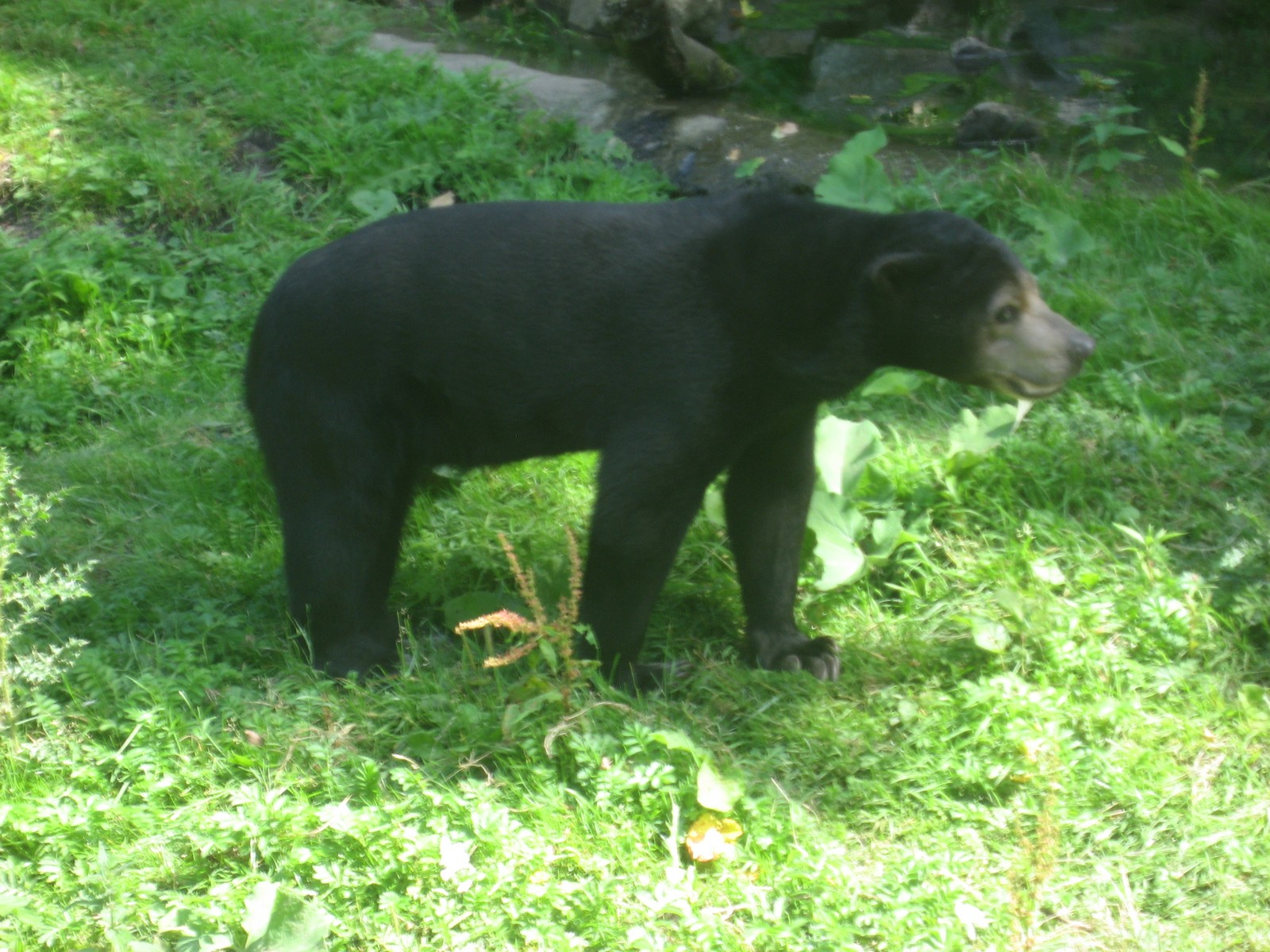
© FakirNL / CC BY-SA 4.0
The Sun Bear, often called the “honey bear” due to its fondness for beehives, showcases remarkable agility in Southeast Asia’s tropical forests. Its compact build and powerful claws make it an expert climber, essential for accessing its preferred canopy resources.
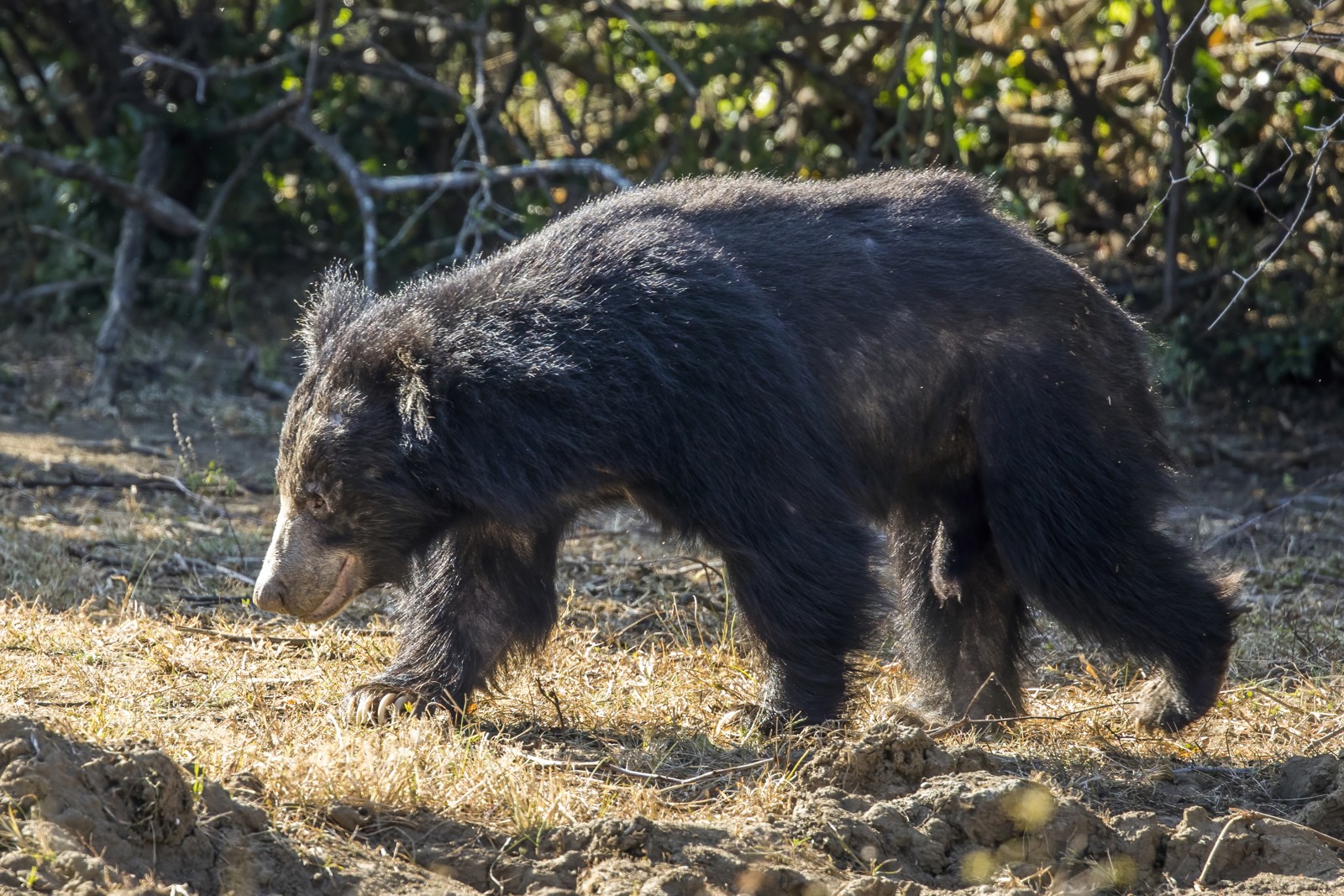
© Charles J. Sharp / CC BY-SA 4.0
The Sloth Bear, native to the Indian subcontinent, exhibits unique adaptations including its shaggy coat and specialized vacuum-like snout. These features enable efficient termite and ant extraction, forming the cornerstone of its distinctive feeding strategy.
Key Differences Between Sun Bears and Sloth Bears
| Feature | Sun Bear | Sloth Bear |
|---|---|---|
| Size | 4-5 feet (120-150 cm) | 5-6 feet (150-180 cm) |
| Weight | 60-140 lbs (27-65 kg) | 120-310 lbs (54-140 kg) |
| Diet | Omnivorous, honey-focused | Insectivorous, fruit supplement |
| Habitat | Tropical rainforest | Dry/moist forests, grasslands |
| Distribution | Southeast Asia | Indian subcontinent |
| Distinctive Features | Golden chest patch | Elongated snout, shaggy fur |
Habitat and Distribution
Sun Bears inhabit the tropical rainforests of Southeast Asia, from Myanmar to Indonesia. These bears thrive in primary and secondary forests, requiring dense canopy cover and abundant climbing opportunities. Their range has unfortunately decreased by 30% in the last three decades.
Sloth Bears occupy various habitats across the Indian subcontinent, from wet evergreen forests to grasslands and scrub. They show remarkable adaptability to different environments but prefer areas with abundant termite mounds and adequate cover.
Behavioral Differences
Feeding Habits
Sun Bears are primarily nocturnal omnivores, with a diet consisting of:
- Insects and larvae
- Honey and bee colonies
- Fruits and berries
- Small vertebrates
Sloth Bears have evolved specialized feeding behaviors:
- Vacuum-like suction feeding of termites
- Powerful digging abilities
- Almost exclusive insectivore
- Seasonal fruit consumption
Social Structure
Sun Bears tend to be solitary except during mating seasons and cub-rearing periods. They maintain loose territories through scent marking and occasional vocalizations.
Sloth Bears show slightly more social tolerance, with mothers maintaining extended relationships with cubs. They communicate through various vocalizations, including a distinctive sucking sound while feeding.
Survival Adaptations
Sun Bear Specializations
- Extremely long tongue for honey extraction
- Powerful forelimbs for breaking into tree cavities
- Excellent climbing abilities
- Sharp, curved claws for bark stripping
Sloth Bear Adaptations
- Missing upper incisors for efficient insect feeding
- Enhanced suction power through modified palate
- Thick fur protecting against insect bites
- Large curved claws for digging
Conservation Status and Threats
Both species face significant conservation challenges:
Sun Bears:
- Listed as Vulnerable by IUCN
- Primary threat: habitat loss
- Secondary threat: poaching for traditional medicine
- Estimated population decline: 30% in three generations
Sloth Bears:
- Listed as Vulnerable by IUCN
- Major threat: habitat fragmentation
- Human-bear conflict increasing
- Population trend: decreasing
Who Would Win in a Confrontation?
While such encounters would never occur naturally due to different geographic ranges, a theoretical analysis based on physical attributes suggests the Sloth Bear would likely prevail in a direct confrontation, owing to its:
- Larger size and weight advantage
- More aggressive defensive behavior
- Stronger forelimbs
- Greater fighting experience from frequent territorial disputes
However, both species typically avoid confrontation in their natural habitats, using aggression only as a last resort for self-defense.

